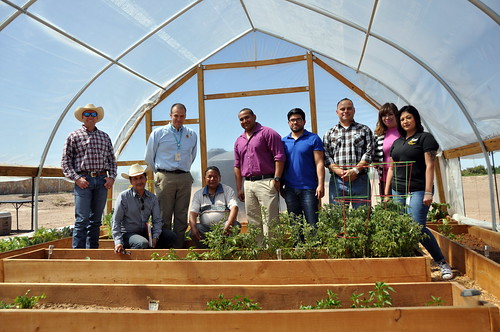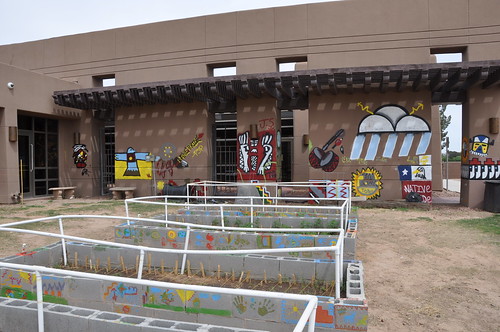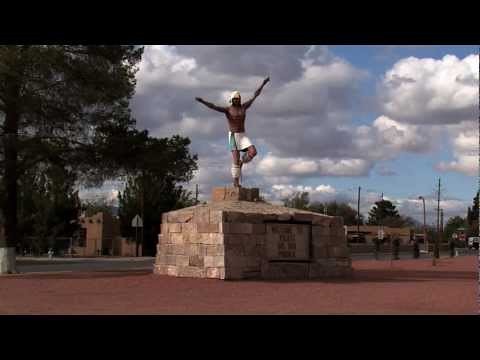padding-left: px !important;
padding-right: px !important;
}
Find out the latest in forest news in this week’s Forest Digest!

Credit: j van cise photos via Flickr.
- On #worldwetlandsday, Stakeholders Form Alliance to Conserve Wetland Forests of the U.S. South — Voices.nationalgeographic.com
The Wetlands Forest Initiative is a new, collaborative effort that aims to preserve and improve the conditions of the wetland forests of the American South. The initiative will work landowners, communities, conservation organizations and government agencies in order to ensure abundant and healthy wetland forests. - How Camping Helps You Sleep Better — Time.com
A new study released in Current Biology shows that spending time in nature may improve sleep by resetting our internal clocks to a natural sleep cycle. - Science and the US Supreme Court: The cases to watch in 2017 — Nature.com
President Donald Trump nominated Neil Gorsuch, a conservative federal appeals court judge, to the Supreme Court. Learn more about the science-related cases to look out for this year, including those concerning biological drugs, patents for genes, water pollution limits, endangered species and climate change rules. - Researchers investigate decline in South Africa’s forest-birds — Phys.org
A new study from Bird Conservation International shows that forest-dwelling bird species are disappearing from some of South Africa’s indigenous forests. Forest birds in the Eastern Cape are the most affected group.
The post Forest Digest — Week of January 30, 2017 appeared first on American Forests.











 The chitter-chatter of two blue jays pulls me back to reality and away from the dazzling glitter of the sun reflecting off of the cool blue water below me. The opposite crest of this long-dormant volcano allows only a sliver of the rising sun to appear, though that is all it takes to illuminate the majesty beneath me. Wizard Island, like a turtle shell bobbing above the water, juts out from the incredibly deep and bone-chilling water that surrounds it. The nearby pine trees creak in the soft wind that swirls my hair and leaves fleeting wrinkles on the water’s surface. I am standing in Crater Lake National Park, a landmark of my evergreen state.
The chitter-chatter of two blue jays pulls me back to reality and away from the dazzling glitter of the sun reflecting off of the cool blue water below me. The opposite crest of this long-dormant volcano allows only a sliver of the rising sun to appear, though that is all it takes to illuminate the majesty beneath me. Wizard Island, like a turtle shell bobbing above the water, juts out from the incredibly deep and bone-chilling water that surrounds it. The nearby pine trees creak in the soft wind that swirls my hair and leaves fleeting wrinkles on the water’s surface. I am standing in Crater Lake National Park, a landmark of my evergreen state.
 When one thinks about the border wall for which the President signed an Executive Order on January 25th to expedite its construction, typically, the first thing to pop into one’s head probably isn’t the endangered ocelot. No, ideas typically associated with the wall involve human rights, border security and immigration — things that strictly affect the political lines that we as a society have drawn on our collective maps.
When one thinks about the border wall for which the President signed an Executive Order on January 25th to expedite its construction, typically, the first thing to pop into one’s head probably isn’t the endangered ocelot. No, ideas typically associated with the wall involve human rights, border security and immigration — things that strictly affect the political lines that we as a society have drawn on our collective maps.






